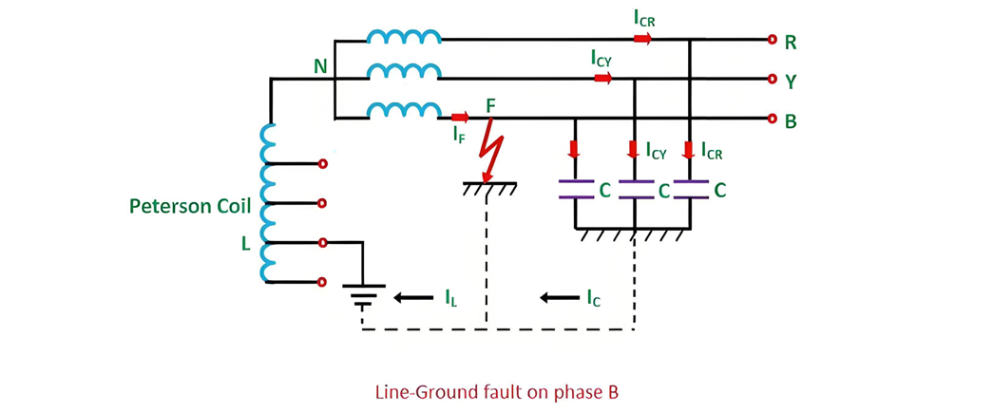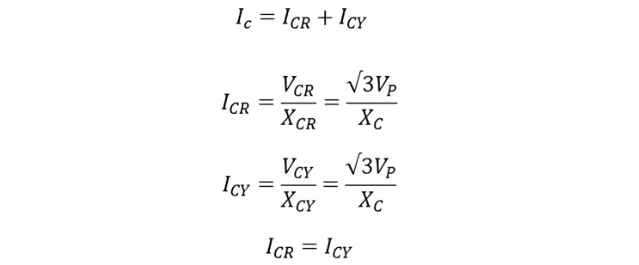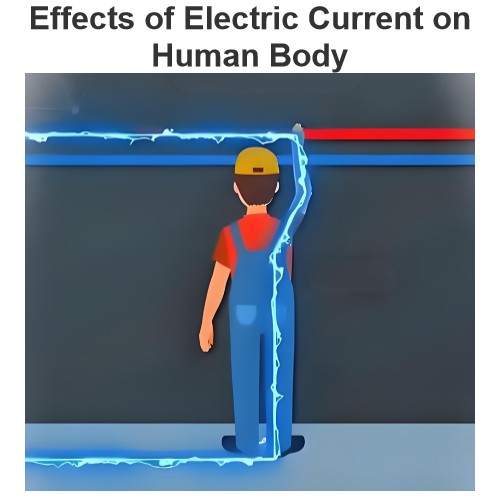Peterson Coil Grounding
A Peterson coil, essentially an iron - core reactor, is connected between the neutral of a transformer and the ground. Its primary function is to limit the capacitive earth - fault current that flows when a line - to - ground fault occurs in an electrical line. This coil is equipped with tappings, which allows for adjustments to match the capacitance characteristics of the electrical system. The reactance of the Peterson coil is carefully selected such that the current passing through the reactor is equal to the small line - charging current that would flow into a line - to - ground fault.
Now, consider a line - to - ground (LG) fault occurring in phase B at point F, as illustrated in the figure below. When this fault happens, the line - to - ground voltage of phase B drops to zero. Simultaneously, the voltages of phases R and Y increase from their phase - voltage values to line - voltage values.

The resultant of ICR and ICY is IC.

From the phasor diagram

For balanced conditions

When the capacitive current IC is equal to the inductive current IL provided by the Peterson coil, the current flowing through the ground becomes zero. Consequently, the likelihood of arcing grounds, a dangerous and persistent form of electrical arcing, is completely eliminated. Through the mechanism of Peterson coil - based neutral grounding, the arc resistance is reduced to an extremely low level, enabling the arc to self - extinguish under most circumstances. This is why the Peterson coil is also referred to as a ground - fault neutralizer or an arc - suppression coil.The Peterson coil can be configured in two ways regarding its rating. It can be designed for short - term operation, typically rated to withstand its specified current for approximately 5 minutes. Alternatively, it can be engineered to carry its rated current continuously. In both cases, the Peterson coil plays a crucial role in mitigating transient faults caused by lightning strikes. Additionally, it significantly reduces single line - to - ground voltage drops, thereby enhancing the stability and reliability of the electrical system.
The Electricity Encyclopedia is dedicated to accelerating the dissemination and application of electricity knowledge and adding impetus to the development and innovation of the electricity industry.













